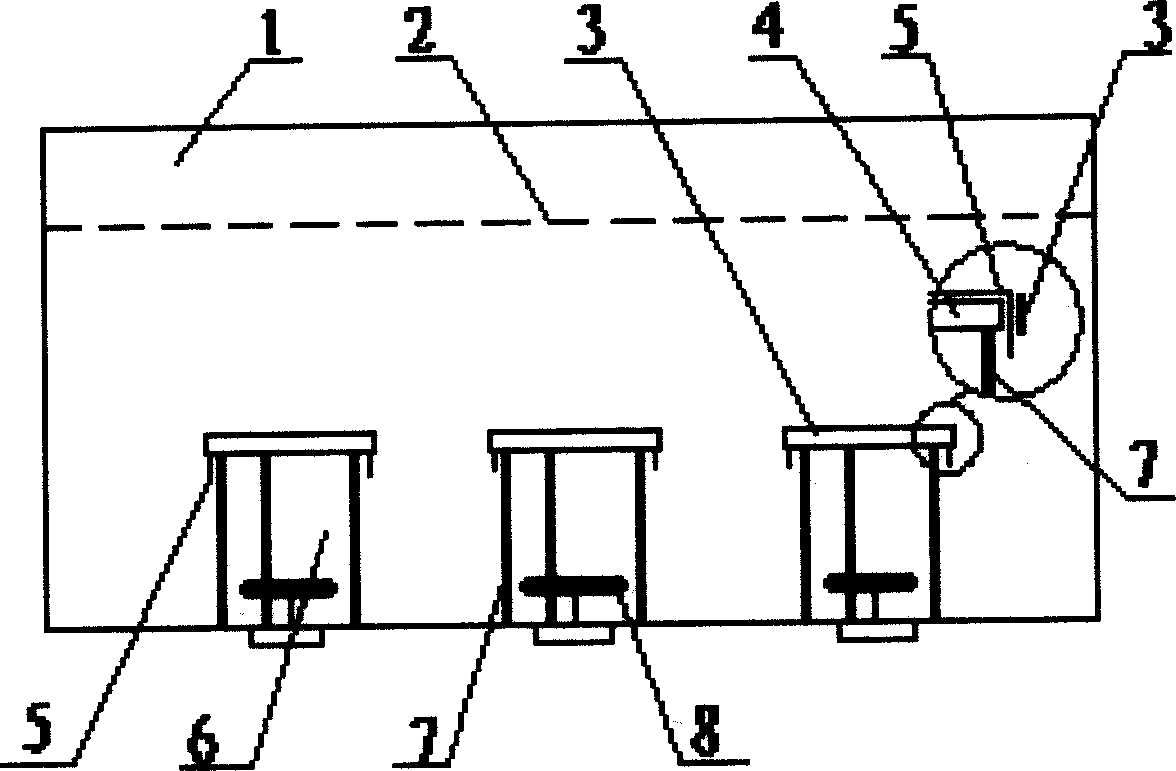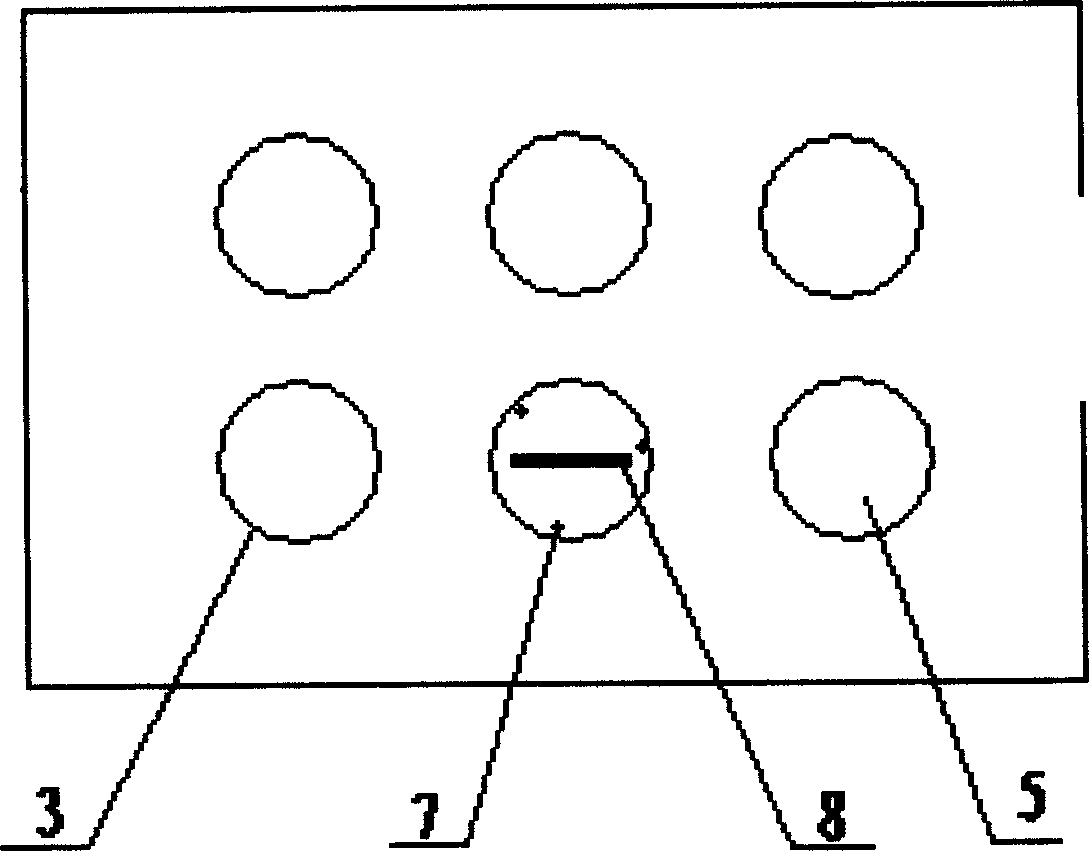Method and device for layering and fixing amnion and removing cell by using amnion 3D matrix tissue engineering scaffold
A stromal tissue and amniotic membrane technology, applied in tissue culture, biochemical equipment and methods, microorganisms, etc., can solve the problems of not finding better amniotic membranes, the impact of decellularization efficiency, etc., and achieve low cost, simple method, and easy mass production. Effect
- Summary
- Abstract
- Description
- Claims
- Application Information
AI Technical Summary
Problems solved by technology
Method used
Image
Examples
Embodiment Construction
[0014] The amniotic membrane 3D matrix tissue engineering scaffold of the present invention is completely decellularized by laying and fixing amniotic membrane through the following steps:
[0015] (1) Take the amniotic membrane and soak the amniotic membrane with 0.2-5% trypsin solution at 37°C for 20-30 minutes;
[0016] (2) Cut the amniotic membrane into a suitable size, then lay it flat and place it on the bracket;
[0017] (3) Start the rotating body under the stent to make the trypsin liquid produce a vortex for washing until the epithelial cells of the amniotic epithelial cell layer and the fibroblasts of the fibroblast layer are all washed away.
[0018] The present invention can also be completed through the following steps:
[0019] (1) Take the amniotic membrane and soak the amniotic membrane with 0.2-5% trypsin solution at 37°C for 20-30 minutes;
[0020] (2) Cut the amniotic membrane into a suitable size, then lay it flat and place it on the bracket;
[0021] (3) Star...
PUM
 Login to View More
Login to View More Abstract
Description
Claims
Application Information
 Login to View More
Login to View More - R&D
- Intellectual Property
- Life Sciences
- Materials
- Tech Scout
- Unparalleled Data Quality
- Higher Quality Content
- 60% Fewer Hallucinations
Browse by: Latest US Patents, China's latest patents, Technical Efficacy Thesaurus, Application Domain, Technology Topic, Popular Technical Reports.
© 2025 PatSnap. All rights reserved.Legal|Privacy policy|Modern Slavery Act Transparency Statement|Sitemap|About US| Contact US: help@patsnap.com


